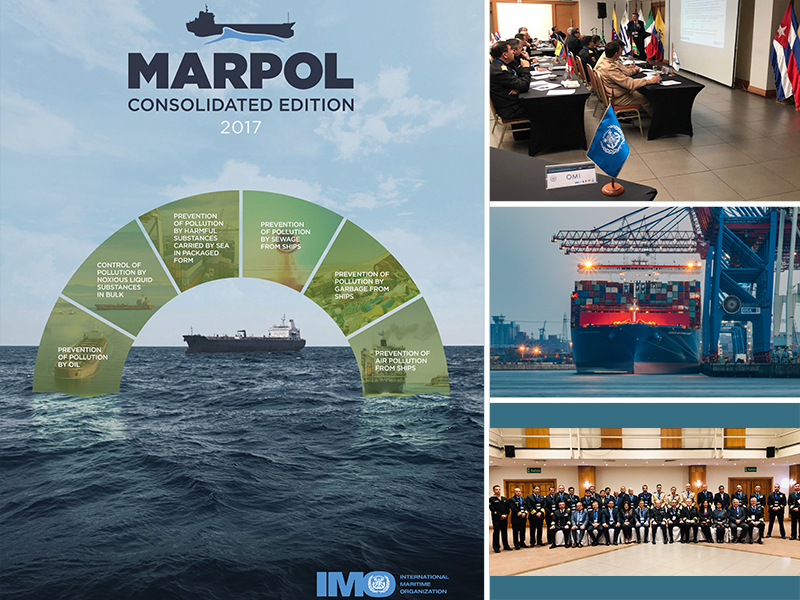What are the barriers to implementing IMO regulations to cut emissions from ships and how can these be overcome? These were key questions explored during an IMO regional workshop on effective ratification and implementation of MARPOL Annex VI and the initial IMO strategy on reduction of GHG emissions from ships, held in Viña del Mar, Chile (30 September-2 October).
Participants identified existing barriers preventing ratification of MARPOL Annex VI, such as concerns about associated costs for the refinery industry and ship owners, and identified ways to overcome these barriers, building on the experience of those four countries (out of the 12 attending) that have already ratified MARPOL Annex VI. MARPOL Annex VI contains regulations to limit air pollutants form ships, notably sulphur oxides – the limit for sulphur in fuel oil will be cut to 0.50% from 1 January 2020. Annex VI also contains rules for improved energy efficiency of ships, to reduce GHG emissions.
The participants agreed recommendations to support further ratification and implementation of MARPOL Annex VI in the Latin American region. They also agreed to cooperate further on a regional basis, notably with regard to port State control inspections relating to provisions in MARPOL Annex VI.
An European Maritime Safety Agency (EMSA) representative trained the participants on preparing for an effective enforcement of the global 0,50% sulphur limit, making use of the various guidelines developed by IMO and the extensive experience with enforcement of low sulphur requirements in European Emission Control Areas (ECAs).
Possible ways for the maritime sector in the region to contribute to further reductions of greenhouse gas emissions were outlined by a representative from the United Nations' Economic Commission for Latin America and the Caribbean (CEPAL). Chile will host the forthcoming Santiago climate change conference (COP 25).
The workshop was hosted by DIRECTEMAR, supported by the Government of Malaysia, and attended by participants from Argentina, Bolivia, Brazil, Chile, Columbia, Cuba, Ecuador, Mexico, Panama, Paraguay, Uruguay and Venezuela.
